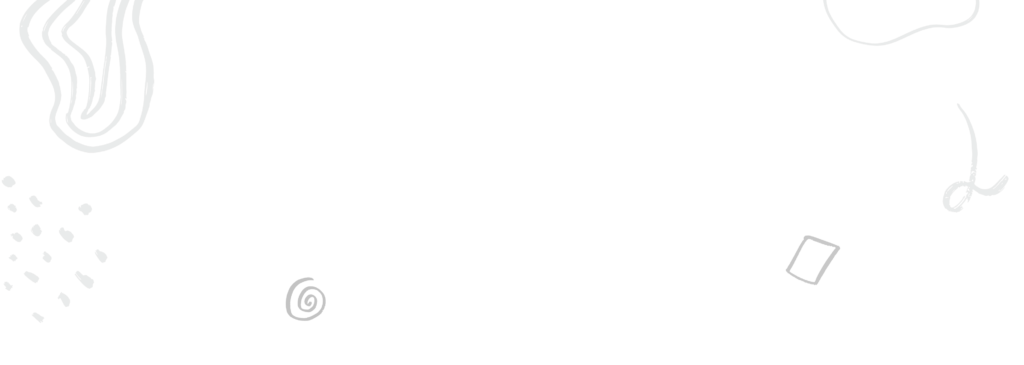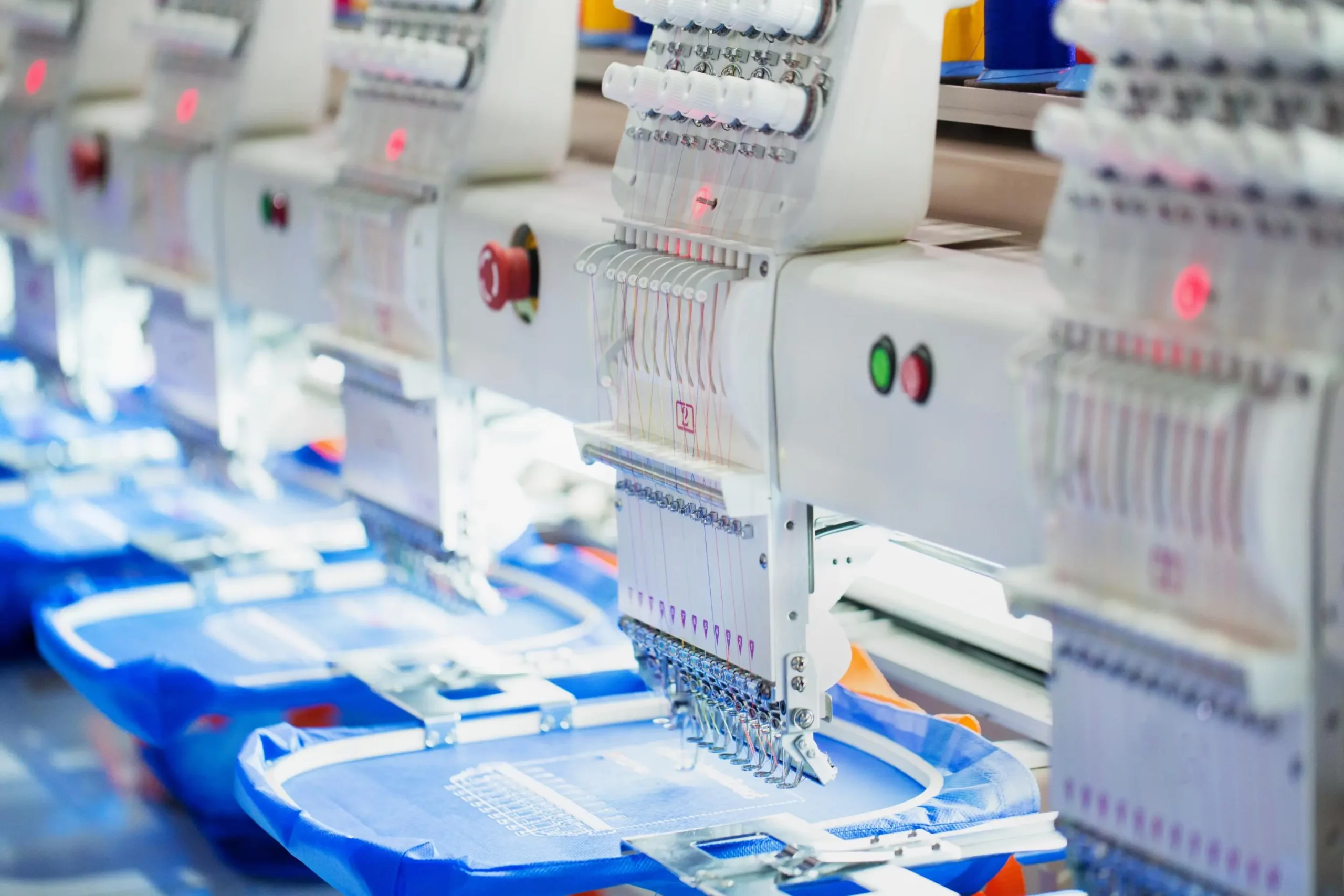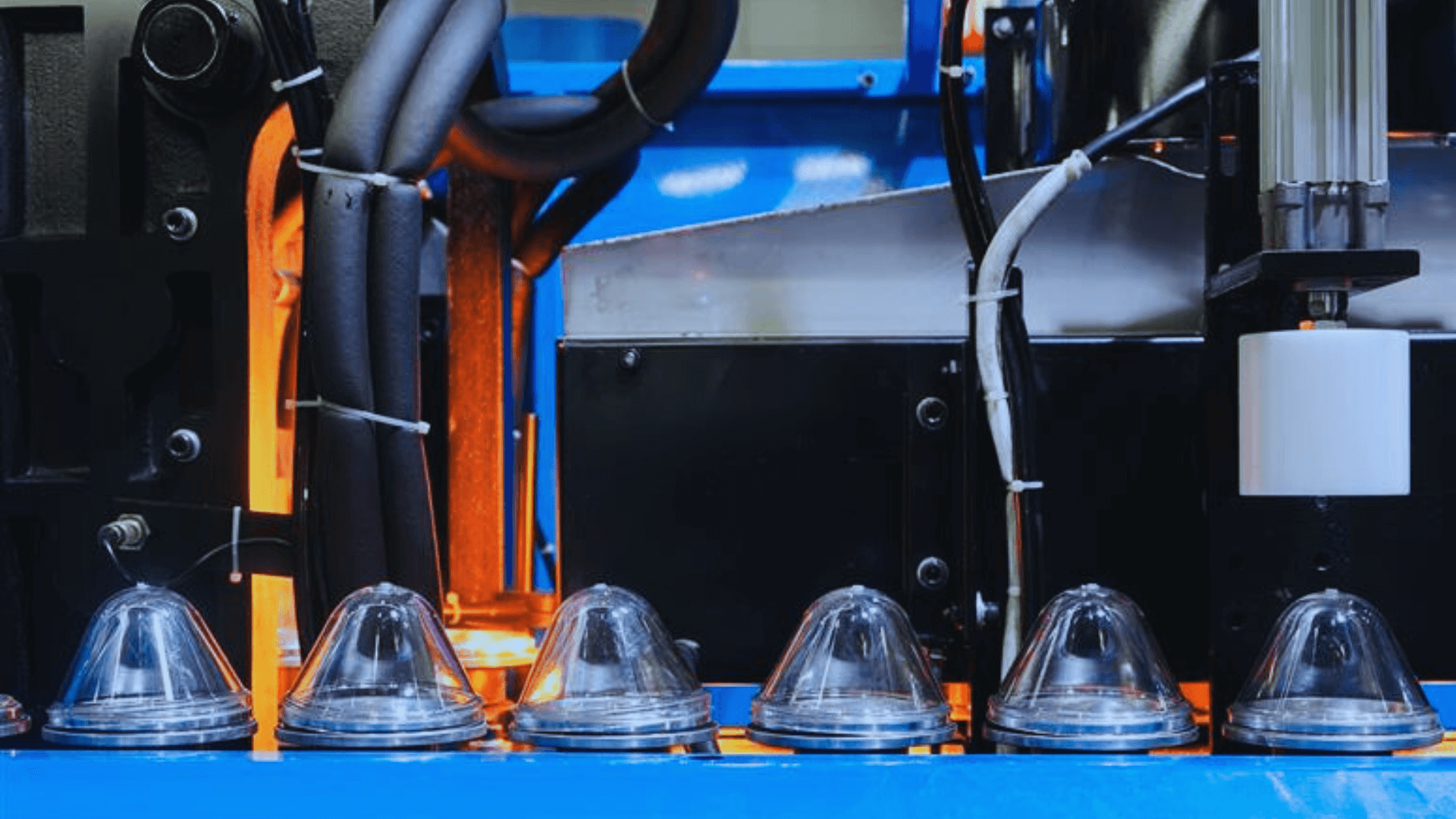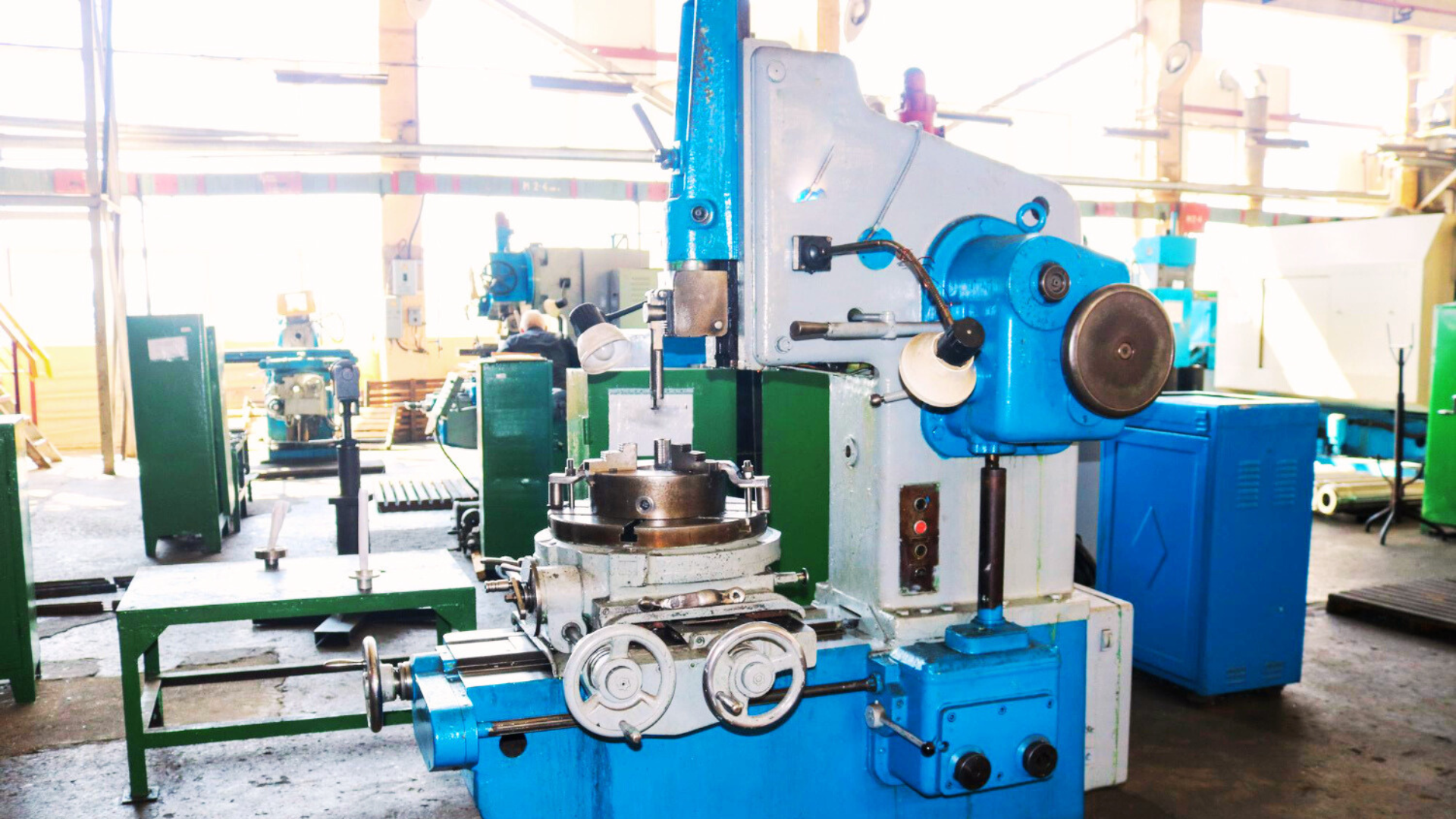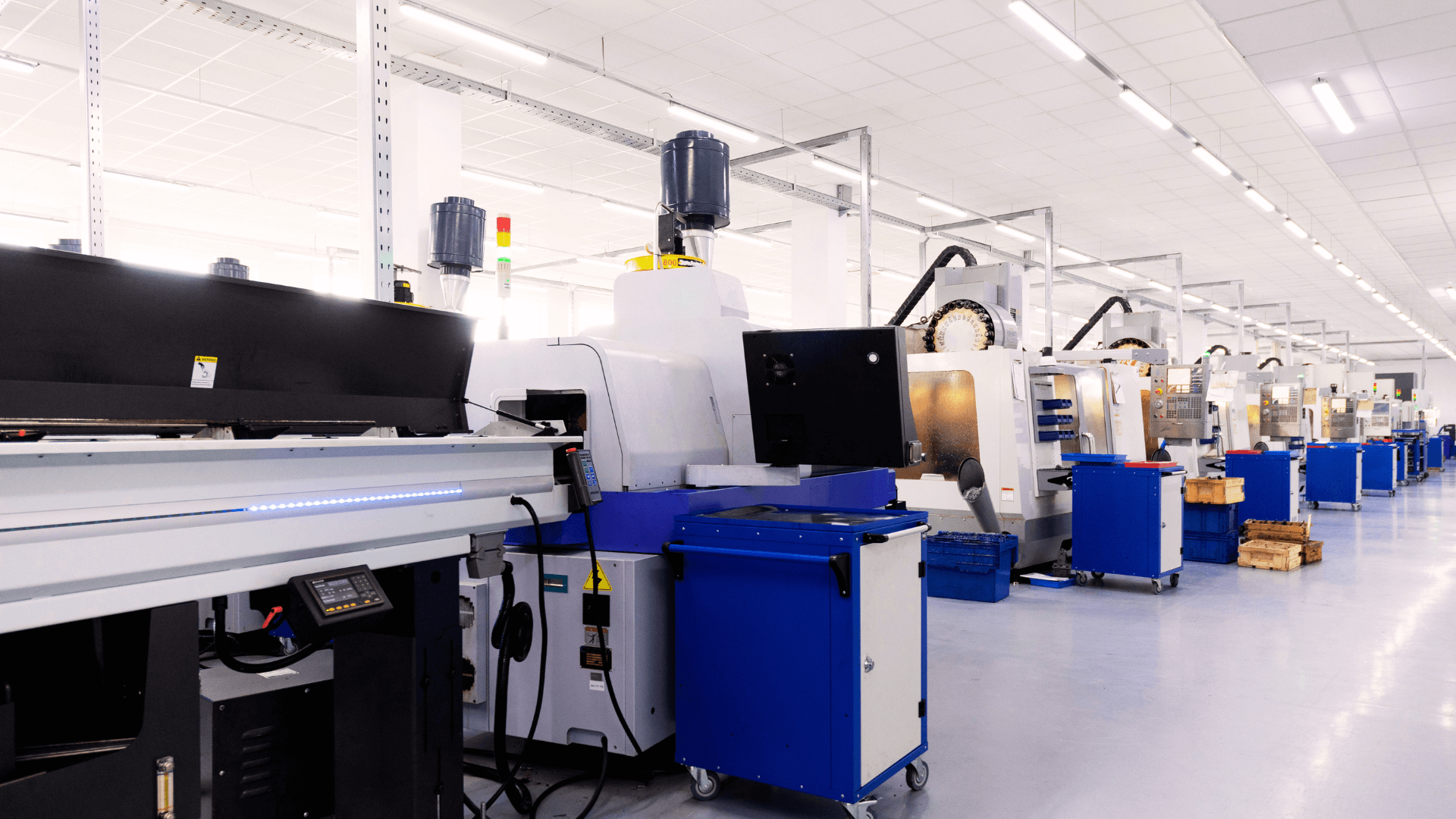If you are considering investing in an embroidery machine but need guidance on financing options, you have come to the right place. We will look at numerous options for financing your embroidery machine, providing you with the information and insights you need to make an informed decision. Whether you are a small business owner, a passionate embroiderer, or someone looking to start a new venture, a definitive guide on embroidery machine financing will provide you with essential information on financing alternatives, considerations, and strategies to help you acquire the embroidery machine you need. Join us as we delve into the world of embroidery machine financing and unlock the possibilities for turning your embroidery dreams into a reality.
An Introduction to Embroidery Machines
An embroidery machine sews a pattern onto various materials, including canvas, leather, and certain kinds of wood. Companies utilise commercial embroidery machines to embellish caps, clothes, bags, and various other items with embroidered patterns and logos. The machine can either have preloaded designs or download and install new ones.
By following the provided program, the machine autonomously carries out the embroidery process on the chosen material.
The Uses and Purpose of Embroidery Machines
Embroidery machines are the backbone of embroidery businesses. Many businesses use embroidery machines to produce promotional items like corporate logos, branded caps, bags, and even uniforms. Embroidered promotional products are effective in creating brand visibility and leaving a lasting impression on customers.
Embroidery machines also allow individuals to personalise and embellish items. From baby blankets and sweaters to home décor items like tablecloths and coasters, they enable the creation of gifts making holiday gifting easier and more heartfelt.
With creativity and skill, an embroidery machine can transform various items into unique, personalised, and professionally embroidered creations.
Exploring the Different Types of Embroidery Machines
1. Free-motion Machine Embroidery:
To operate this machine, you use the sewing needle as a ‘pen’ and move the fabric around in any direction under the needle to draw your design. These types of machines have only one needle; hence the operator must stop and manually rethread for every colour in a multicolour design, which is time-consuming. Any design created by this machine is unique and cannot be accurately reproduced.
2. Computerised Machine Embroidery:
Computerised embroidery machines bring digital designs to life through stitching. These machines consist of a frame that securely holds the fabric and automatically moves it according to a preprogrammed design stored within the machine. The three main types of computerised machine embroidery include:
Single-head embroidery machine
Single-needle machines are the most common type of computerised embroidery machine. As the name suggests, they use a single needle to embroider designs onto fabric. These machines are versatile and suitable for both home and commercial use.
Multi-head embroidery machine
Multi-needle machines are designed for high-volume embroidery production. They feature multiple needles (typically 4, 6, 8, or more) that allow for faster and more efficient embroidery. With multi-needle machines, you can thread different coloured threads into each needle, eliminating the need to manually change threads during the embroidery process.
The Power of Embroidery Machines- Understanding the Benefits
There are a range of advantages to machine embroidery that make it the most suitable choice for certain projects, and we are going to outline those here.
Efficiency and Speed
Machine embroidery outpaces hand embroidery by a significant margin. Machines can stitch intricate designs quickly and consistently, saving a significant amount of time and effort. This makes it ideal for commercial production, where large quantities of embroidered items need to be created within tight deadlines.
Precision and Consistency
Machine embroidery ensures precise and consistent stitching. The use of computerised designs and the accuracy of machine movements result in uniform and symmetrical patterns. This level of precision is difficult to achieve consistently with hand embroidery.
Time-Saving and Cost-Effective
By automating the embroidery process, machine embroidery saves significant time and labour costs. It reduces the need for manual stitching, thread changes, and repetitive tasks, allowing individuals and businesses to complete projects more efficiently.
Versatility
Machine embroidery offers versatility in terms of design options. Embroidery machines typically come with a range of built-in designs and fonts, and they can also import custom designs. This allows for a wide variety of creative possibilities, enabling users to personalise and customise their embroidery projects.
The Features and Functions of Embroidery Machines
The basic process of creating embroidery designs using a computerised embroidery machine involves the following steps:
Design files:
Design files are digital files that contain the information required for computerised machine embroidery. Design files are used to create embroidery designs either by digitising them from scratch using embroidery software or by purchasing pre-made design files. The digitised designs can be imported into the machine for stitching.
Editing designs:
After a design has been digitised, the function of editing designs in computerised machine embroidery allows users to modify and customise the embroidery designs according to their specific preferences and requirements. Computerised embroidery machines often come with built-in design editing capabilities. Users can resize, rotate, mirror, or combine designs directly on the machine’s interface.
Loading the design:
After completion of editing work, the final design file can be transferred to the machine via USB drives, memory cards, or direct computer-to-machine connections. The specific design format needed by the machine will depend on the manufacturer or brand.
Stabilising the fabric:
To prevent wrinkling and related issues during embroidery, it is important to stabilise the fabric beforehand. The method of fabric stabilisation depends on factors such as fabric characteristics, embroidery machine type, and design complexity. Typically, additional fabric pieces called “interfacing” are used to provide better stabilisation. These interfacing pieces are placed on the top or bottom of the fabric, or sometimes on both sides, ensuring a smooth and stable embroidery process.
Embroidering the design:
Once ready, the machine is powered on, and the embroidery process is carefully monitored throughout. Complex designs often require multiple colours and may involve additional steps like appliqués and special effects for enhanced results.
How To Select The Ideal Embroidery Machine?
To choose the right embroidery machine, consider the purpose and use. This will guide you in selecting a machine that aligns with your specific needs and production requirements. Additionally, you should decide between a single-needle or multi-needle machine based on the scale of your projects. Single-needle machines are ideal for personal and small-scale projects, while multi-needle machines excel in high-volume embroidery for businesses.
Furthermore, it is important to check the machine’s maximum hoop size and embroidery area to ensure they can accommodate your desired designs. Moreover, assess the machine’s built-in design library and compatibility with external files for customisation options. By taking these factors into account, you will be able to select an embroidery machine that perfectly aligns with your requirements, allowing you to create stunning and intricate embroidered projects.
Key Factors to Consider When Choosing an Embroidery Machine
When choosing an embroidery machine, it is essential to establish a budget and seek a machine that fits within your price range while meeting your desired features and capabilities. Consider the ease of use and prioritise features that simplify the embroidery process. Research reputable brands are known for their quality machines and reliable customer support. Lastly, check the warranty coverage and availability of servicing options to ensure your investment is protected and well-supported. By following these steps, you can make an informed decision and find the perfect embroidery machine for your needs.
Process To Avail An Embroidery Machine Loan
Machine loans offer swift and convenient financing solutions for Micro, Small, and Medium Enterprises (MSMEs) in need of quick capital. These loans ensure smooth business operations, even when immediate cash is required.
Here are the highlights of our EFL machinery loan:
- Max Loan Amount: Up to Rs. 3 Crores
- Loan Term: 5 years
- Competitive Interest Rates
- Fast Disbursement: Loan approval within three working days
- No Collateral Needed
Our Embroidery Machine Loan supports businesses with high-growth potential, allowing them to invest in equipment without draining their cash reserves.
Why choose our machine loan:
- Maintains Cash Flow
- Relieves Working Capital Stress
- Trusted by Thousands of Businesses
- Supports Expansion
- Personalized Support
Eligibility Criteria To Get An Embroidery Machine Loan
Investing in quality machinery is essential for efficient business operations. Our machine loan offers transparent and easy application procedures for various machinery needs, from manufacturing to food processing.
To apply, click “Apply Now” on our website and provide the necessary details. Our team will contact you within 24-48 hours.
Eligibility typically requires a Bureau Score exceeding 700 and ownership of at least one property.
Documents Required For An Embroidery Machine Loan
Here’s what you require:
- Three Years’ Balance Sheets and ITR
- 12 Months’ Bank Statements (all banks)
- GST Returns (current year)
- KYC Documents (Aadhar & PAN)
- Proof of Residence & Factory Ownership
- Proforma Invoice or Quotation
- 12 Months’ Electricity Bills
FAQ
What are the features of a computerised embroidery machine?
LCD Touchscreen – Embroidery machines with LCD touchscreens are easier to use, improving productivity and safety.
One-touch Operations – One-touch operations on multi-needle machines simplify usage, enhance reputation, and save on training costs.
Management Live Reports – Management live reports provide insights on machine capacity and workforce efficiency, aiding in smarter business decisions and identifying the need for upgrades.
Windows Software – Utilise reliable Windows software, ensuring stability and minimising errors.
Wireless Connection – Wireless connection offers flexibility in machine placement, reduces hasards, and promotes a safer work environment.
Are all embroidery machines the same?
There are two types of embroidery sewing machines. “Embroidery-only” machines are solely dedicated to machine embroidery and cannot perform regular sewing tasks. On the other hand, higher-end embroidery sewing machines have a removable embroidery unit, allowing them to function as both a sewing machine and an embroidery machine, catering to a wide range of sewing needs. This combined functionality eliminates the need for separate machines and saves space.
KEY TAKEAWAYS
We hope that our guide on embroidery machine financing has provided you with valuable insights and practical knowledge to navigate the process with confidence. Partnering with EFL can be a game-changer when purchasing embroidery machines, Offering flexible payment options, tailored financing solutions, and expertise in the industry. Do not let budget constraints limit your embroidery business’s potential. Take action today and explore financing options that can help you acquire the embroidery machines you need to thrive.
